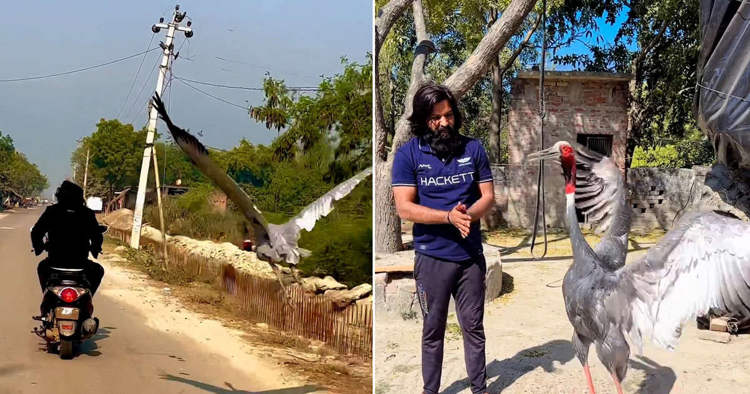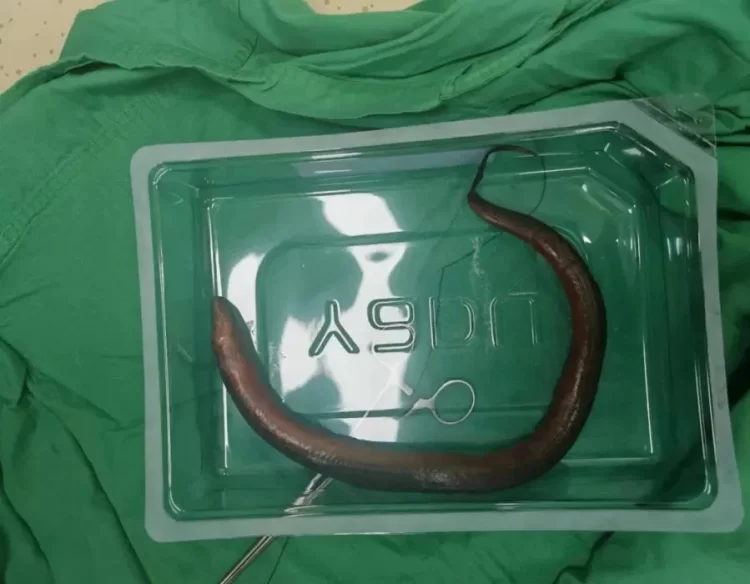Joseph DeRuvo Jr., from Norwalk, Connecticut, gave up on footwear over two decades ago, after getting painful bunions on his feet, and he has been walking around barefoot ever since.
59-year-old Joseph DeRuvo Jr. doesn’t remember the exact day he decided to shun footwear for good, but he recalls that it was about five years before the first Apple iPhone came out (2002). He had developed bunions on both feet, which hurt when he went jogging in tight running shoes. A doctor recommended surgery to relieve the pain, but before being scheduled for the procedure, the former photographer decided to go barefoot because the pain in his feet was so intense. As he considered the surgery, DeRuvo Jr. learned that the screws that were to be inserted into his feet contained a metal he was allergic to, and he also realized that he was feeling much better. In the end, he passed on the surgery and decided to adopt a barefoot lifestyle.





















